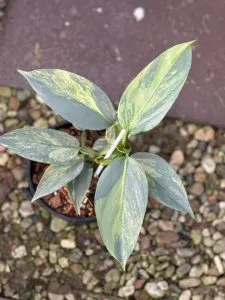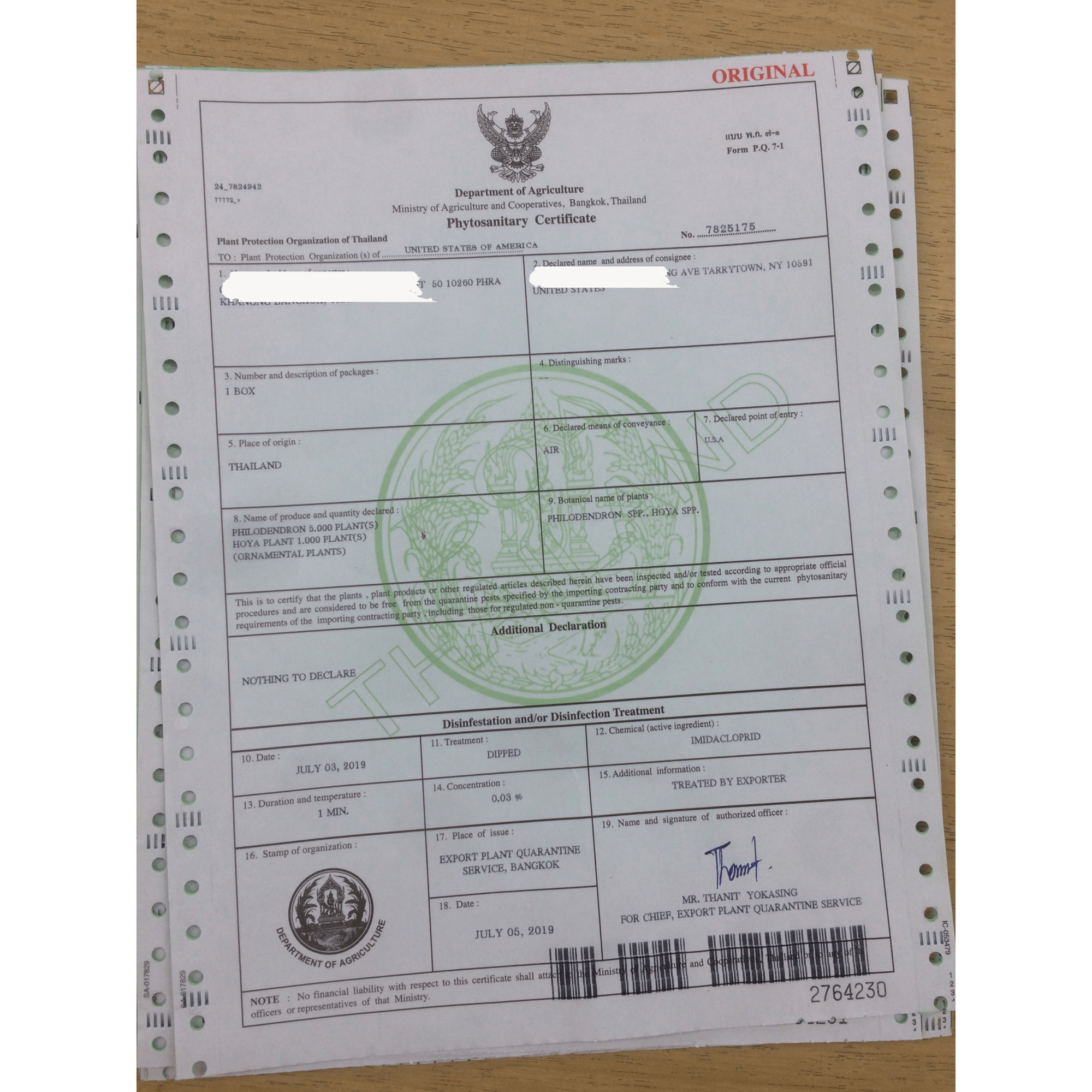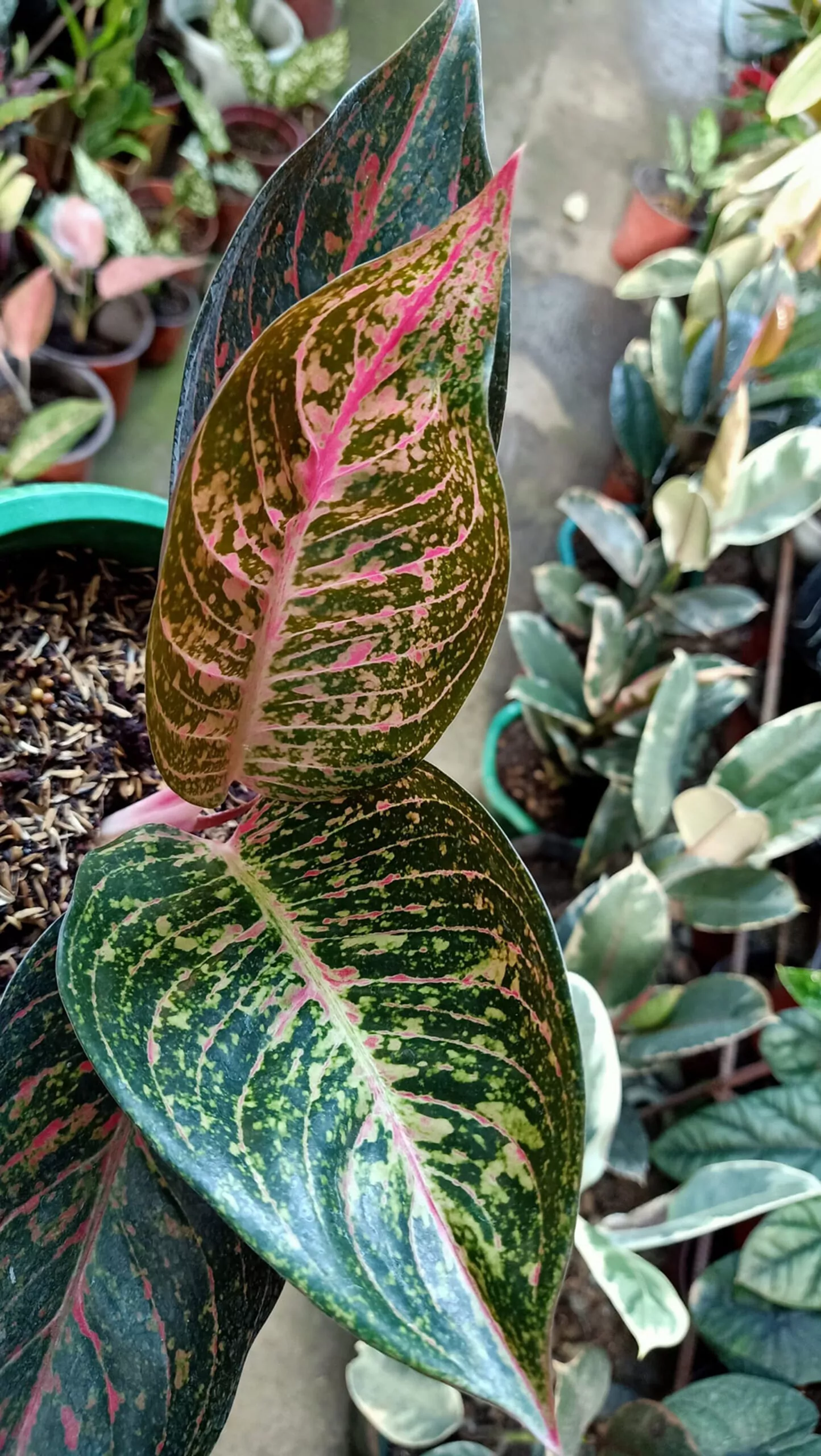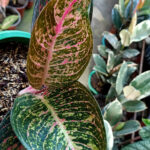Tissue Culture Aglaonema
Showing all 11 results
Tissue Culture Aglaonema Buying & Care Guide
Welcome to Greenboog’s comprehensive guide on purchasing and caring for Aglaonema tissue culture plants. Aglaonema, also known as Chinese evergreen, is a popular houseplant admired for its attractive foliage and ease of care. This guide will provide you with all the essential information you need to successfully grow and maintain these stunning plants.
Why Choose Aglaonema?
Aglaonema plants are known for their striking, patterned leaves and their ability to thrive in low light conditions. These versatile plants can add a touch of elegance to any indoor space and are perfect for both beginners and experienced gardeners.

Benefits of Aglaonema Tissue Culture
- Consistency: Tissue culture ensures that each plant is genetically identical, providing uniform growth and appearance.
- Disease-Free: Plants grown through tissue culture are typically free from pests and diseases.
- Rapid Growth: Tissue-cultured plants often grow faster and more robustly compared to those propagated through traditional methods.
Purchasing Aglaonema Tissue from Greenboog
Quality Assurance
At Greenboog, we take pride in offering high-quality Aglaonema tissue culture plants. Our plants are propagated under sterile conditions, ensuring they are healthy and vigorous upon arrival.

Ordering Process
- Browse Our Catalog: Visit our online store and explore our range of Aglaonema tissue culture plants.
- Select Your Plant: Choose the size and quantity that suits your needs.
- Place Your Order: Complete the checkout process with our secure payment system.
- Shipping: We carefully package and ship your plants to ensure they arrive in perfect condition.
Caring for Aglaonema Tissue Culture Plants
Initial Setup
When your Aglaonema tissue culture plant arrives, follow these steps to acclimate it to its new environment:
- Unpack Carefully: Gently remove the plant from its packaging.
- Inspect the Plant: Check for any signs of damage during transit.
- Planting: Transfer the tissue culture plant to a pot with well-draining soil.
Light Requirements
Aglaonema plants thrive in low to moderate indirect light. They can tolerate lower light conditions better than many other houseplants. Avoid direct sunlight, as it can scorch the leaves.
Watering
- Consistency: Keep the soil consistently moist but not waterlogged.
- Frequency: Water when the top inch of soil feels dry to the touch.
- Humidity: These plants prefer a humid environment. Consider using a humidity tray or a humidifier to maintain the desired humidity levels.
Temperature
Aglaonema plants prefer temperatures between 60°F and 75°F (16°C to 24°C). Avoid placing your plant near drafts, air conditioning vents, or heaters.
Fertilizing
Feed your Aglaonema with a balanced, water-soluble fertilizer every four to six weeks during the growing season (spring and summer). Reduce feeding during the fall and winter months.
Pruning and Maintenance
- Pruning: Regularly trim any dead or yellowing leaves to encourage healthy growth.
- Cleaning: Wipe the leaves with a damp cloth to remove dust and allow the plant to breathe.

Troubleshooting Common Issues
Yellow Leaves
- Cause: Overwatering or insufficient light.
- Solution: Adjust your watering schedule and ensure the plant receives adequate indirect light.
Brown Leaf Tips
- Cause: Low humidity or inconsistent watering.
- Solution: Increase humidity and maintain a consistent watering routine.
Pests
- Common Pests: Spider mites, mealybugs, and aphids.
- Solution: Inspect your plant regularly and treat any infestations with insecticidal soap or neem oil.
Conclusion
Aglaonema tissue culture plants are a beautiful addition to any indoor plant collection. By following this guide, you can ensure your plant thrives and adds beauty to your space for years to come. Shop with confidence at Greenboog, knowing you are getting the highest quality Aglaonema plants available.
For more information or to place an order, visit our Greenboog store today!

































